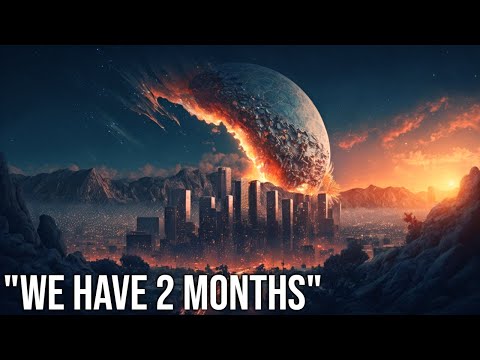
5 Minutes Ago: Experts say this could destroy us all.
message strange truth world news current events 2023 today this week this month
There is an 800 mile long crack in California that runs from the Salton Sea in the South to Cape Mendocino in the north, Crossing Vineyard Subway stations, power lines and water mains. Millions of people live and work alongside the crack, with many passing it on a daily basis via the 966 roads that cross it. The majority of people don’t give it much thought, but in reality that crack, which is the San Andreas Fault line, has the potential to destroy lives and bring the national economy to its knees. In the blink of an eye, most people are familiar with the San Andreas Fault, a monster that divides California from South to north as two tectonic plates grind against each other, threatening large earthquakes. It has already happened in the past, and residents have been warned yet again that another disaster is on the way. In fact, the earthquake occurs every 22 years, with the most recent 1 occurring in 2004.
If history is any guide, another one may be closer than any Californian would like. The director of the Southern California earthquake Centre, Thomas Jordan, recently delivered a warning that should have sent chills down the spines of all Californians – The San Andreas Fault appears to be in a critical state and a huge earthquake appears to be impending. This isn’t the first time Californians have been warned about a potential threat, however. The southern portion of the fault looks like it’s locked, loaded and ready to go, according to the warning. So why is this renowned seismologist making such grim forecasts in reality there?
Hasn’t been a large release of stressors in the San Andreas Fault system, southern part, since 1857. The San Andreas Fault system is one of several that generally mark the boundary between the Pacific and North American tectonic plates. Both plates are advancing northward, but the Pacific Plate is moving faster than the North American Plate, indicating that forces between the plates are growing all the time. Some of these stresses were tragically released in the San Francisco Bay area in 1906 in the form of a seven point. 8 magnitude earthquake, and again in Northern California in 1989 in the form of a 6.9 magnitude earthquake in Loma Prieta.
Fortunately, no disasters of this scale have happened since then along the San Andreas Fault in the State S, although the 1994 Northridge event was linked to a nearby but distinct fault system. However, the lack of a quake raised the likelihood that one is on its way, and that given the amount of stress that has accumulated, it will be the big one when it hits. So how big could this prospective earthquake be, and could the catastrophe shown in the film San Andreas possibly happen? In short, the answers to these questions will to some extent satisfy Californians. The San Andreas Fault generates a 9. 0 magnitude earthquake in the film.
While not unheard of on a worldwide scale, earthquakes of this size are normally confined to places of the Earth where one tectonic plate is moving beneath another, such as Chile and Japan. The tectonic situation in California. Is unique in that two plates are slipping past each other. As a result, many forecasts place the maximum earthquake magnitude along the San Andreas Fault system at 8.0, with a 7% chance that such an event may occur in Southern California over the next 30 years. There is also a 75% likelihood that a magnitude 7 event will occur during the same time frame.
Find more https://www.youtube.com/playlist?list=PLtoSlPOzD0YVfMGRnaVWqnOc1Af_tp2kI
SUBSCRIBE to @-anonymous for more – https://www.youtube.com/anonymous
WEBSITE – https://anon.news
FACEBOOK – https://facebook.com/anonymousdirect
INSTAGRAM – https://instagram.com/anonymous
TWITTER – https://twitter.com/anonymousOfcl
Please SHARE this as widely as you feel drawn…
Content licensed in part by CTD Clip Licensing Group.